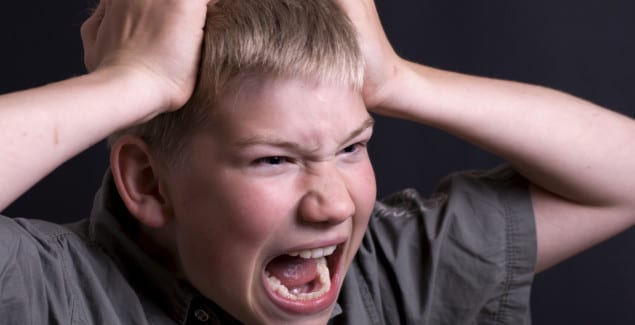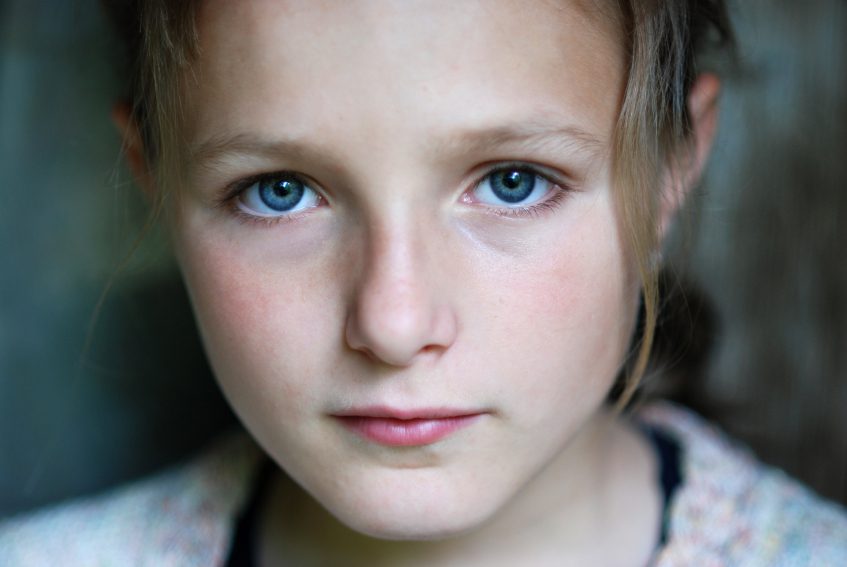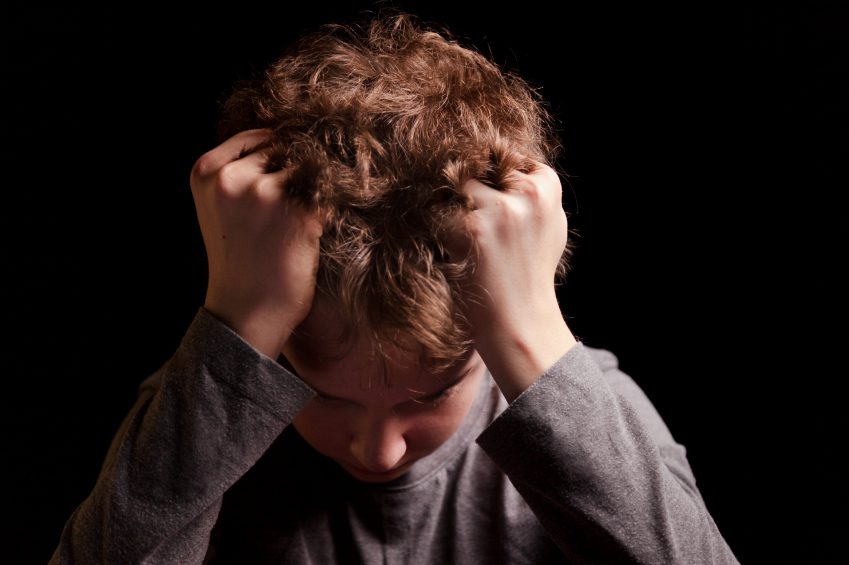DMDD Versus Bipolar Disorder

Posted in: Grade School, Teenagers, You & Your Family, Young Adults
Topics: Mental Illness + Psychiatric Disorders
We’ve written about bipolar disorder before.
We’ve also written about the controversy surrounding the diagnosis. Until about 25 years ago, most clinicians felt that bipolar disorder in children and adolescents was extremely rare. Then, researchers started wondering if bipolar disorder in children simply looked different than that in adults. What if bipolar disorder lacked the euphoria that we commonly associate with adult forms of the illness? After all, bipolar disorder doesn’t require a euphoric state according to the established criteria.
In considering this, many started seeing bipolar disorder in kids as characterized not by classic mania, but instead by explosive and out-of-proportion outbursts that could be frighteningly violent and massively disruptive. These outbursts were thought to last about 30 minutes, and in families whose children experienced these symptoms, there seemed to be a higher rate of bipolar disorder in the parents or first-degree relatives. Still, not all of these kids went on to develop more classic bipolar syndromes.
Nevertheless, multiple treatment studies were done, and clinicians settled on different regimens than what we see for adult bipolar disorder. Whereas adult treatments commonly comprise more classic medications like Lithium and Depakote, in children, there was and continues to be a rapid increase in the use of atypical antipsychotics. In studies and in clinician offices throughout the nation, these medications were found to be immediately effective. Parents got their kids back—but not without enduring the nasty side effects. Kids gained weight from the medications; some even developed diabetes. Although the weight gain was largely reversible, there was a growing concern that the willingness to diagnose bipolar disorder was leading to a knee-jerk use of the atypical antipsychotics.
Nothing in medicine is straightforward. Even a broken arm can go awry. Still, this particular controversy—that children can have bipolar disorder at rates approaching 1-3% of the population, and that antipsychotics are the treatment of choice—led to some of the most heated debates in medicine in the early 20th century.
Out of those debates, a new diagnosis emerged in the DSM-5: Disruptive mood dysregulation disorder. This was a brand new diagnosis intended to better characterize children and adolescents who suffer frequent and frightening outbursts, but who otherwise don’t seem classically bipolar. Although many believe this term is simple wordsmithing to appease any discomfort, we in the field now must contend with separating children with disruptive mood dysregulation disorder (DMDD) from classic bipolar disorder, and we have to see if DMDD responds to different treatments. Those studies only began a few years ago.
In the meantime, as parents, here’s what you need to know:
- The key characteristics of DMDD include severe temper outbursts and irritable or angry mood. These outbursts must be consistent and persistent, occurring at least three times per week, and for at least a 12-month period. Further, there can’t be more than a three-month symptom-free period.
- The key distinguisher of bipolar disorder from DMDD is the persistence of relatively stable irritability even in the absence of explosive outbursts.
- To this end, DMDD is thought to be better correlated with a subset of major depression, a syndrome that is often characterized in young children and teens by persistent irritability.
This last re-conceptualization is the source of additional hand-wringing among parents and doctors alike:
If DMDD is more like depression, then we might be tempted to treat it like depression; we might be tempted to use antidepressants instead of anti-manic medications. But, if what we think is DMDD is in fact bipolar disorder, those antidepressants will make the child much worse. The agitation will escalate. The outbursts will become more frequent. You can’t have depression and bipolar disorder, and treating patients who are depressed as a result of bipolar disorder with antidepressants has a long history of flipping those patients into a dangerous state of rapidly escalating mania.
A good clinician will take a family history. This is because while both bipolar disorder and depression are inheritable, bipolar disorder is substantially more inheritable than depression. Most clinicians will be very reluctant to treat anyone whose first-degree relative has bipolar disorder with an antidepressant. Still, it can be appropriately done—but with great vigilance.
As parents, remember this: If your child was previously diagnosed with bipolar disorder, and you’re now being told that he or she has DMDD, the treatment may or may not stay the same. One thing is clear, though—any child with extremely disruptive behavior is likely to be pretty miserable. In fact, the whole family is likely to be pretty miserable.
Get help. Talk to your pediatrician or your child’s mental health clinician. Ask about this new diagnosis. Do something. These disruptions interrupt development, lead to more life-long problems like substance abuse, and are at high risk for accidental or deliberate self-harm. Just because there’s a new term, doesn’t mean that clinicians don’t know what to do.
Was this post helpful?
Newsletter
Subscribe Today
Your monthly dose of the latest mental health tips and advice from the expert team at The Clay Center.
SubscribeMultimedia
Quick Jumps
Tag Cloud
-
addiction
ADHD
adolescents
anorexia
anxiety
autism
behavior
CBT
child development
children
college
communication
covid-19
depression
digital media
dyslexia
eating disorder
evaluation
family
fear
healthy development
learning
learning disabilities
learning disability
mental health
mental illness
parenting
parents
Podcast
PTSD
relationships
resilience
school
shrinking it down
social media
stigma
stress
suicide
technology
teenagers
teens
therapy
trauma
treatment
violence

 Share
Share Tweet
Tweet





